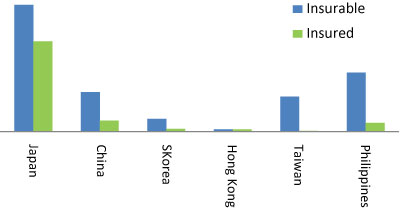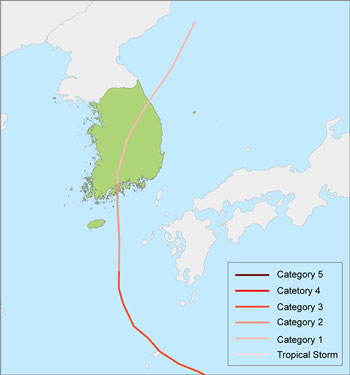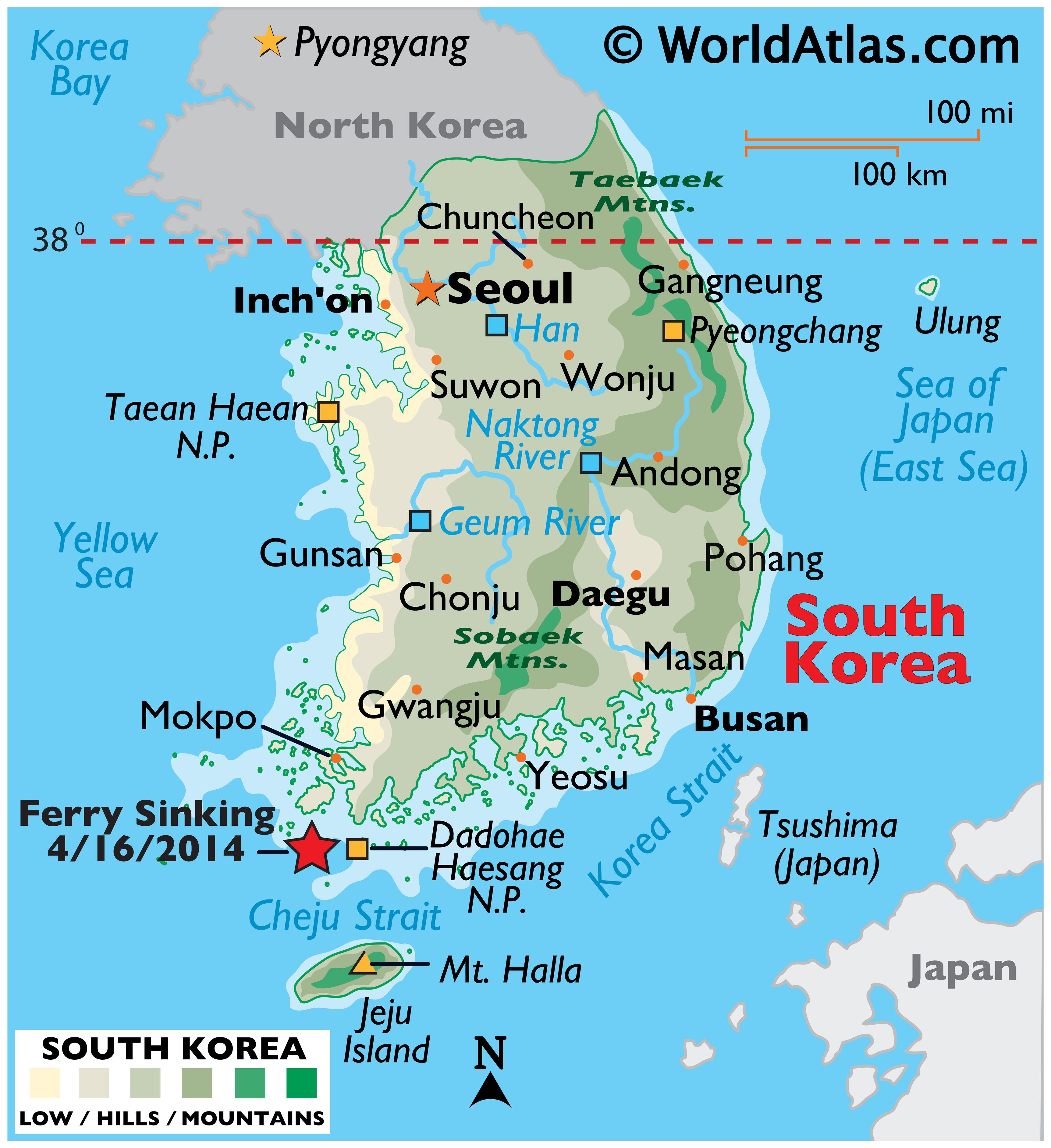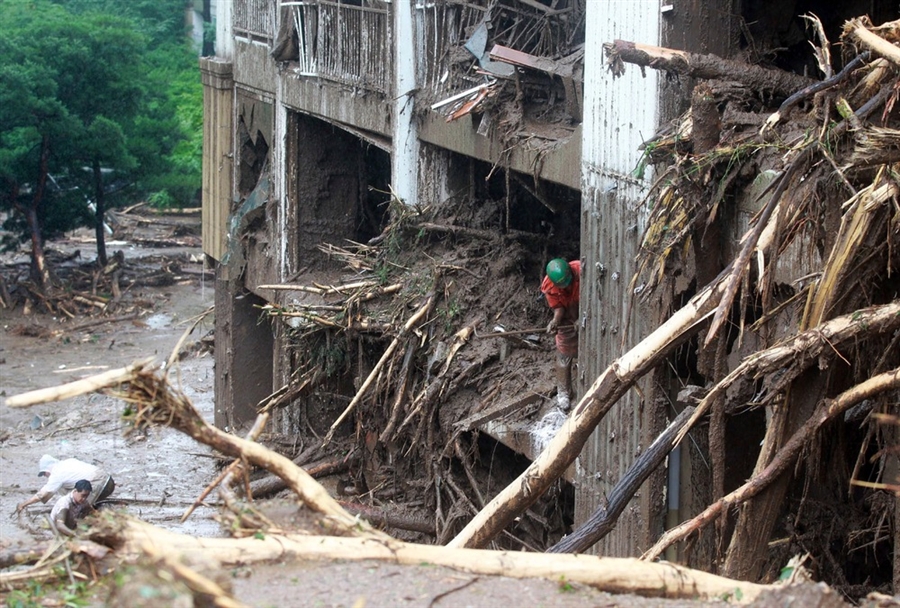Post 2
South Korea is located in the southern portion of the Korean Peninsula and the Eurasian continent and is near the west Pacific mobile belt. According to Natural Hazards: Earth's Processes as Hazards, Disasters, and Catastrophes, Figure 2.4b
shows that South Korea will be affected by more earthquakes than volcanoes.
There are a total of three volcanoes in the Korean Peninsula:
Mt. Baekdu, Mt. Halla, and Ulleung Island.
Mt. Baekdu is the tallest volcano in the peninsula and last erupted in 1903. Mt. Halla was created over
1.8 million years ago. Finally, Ulleung Island "formed from erupted magma in the East Sea" (Kim, 2019).
According to Dr. Chun-Soo Kim, the Korea-China platform is connected to a shield area, " stable land of
cratonic nature."
In the images below, it shows that South Korea is a part of the Amurian plate and it is near a divergent
boundary.
Sources
Kim, Chun-Soo. Overview of the Tectonic Environment in Korea with Reference to HLW Disposal. Oct. 1997, inis.iaea.org/collection/NCLCollectionStore/_Public/29/009/29009933.pdf.
Keller, Edward A., et al. Natural Hazards: Earth's Processes as Hazards, Disasters, and Catastrophes. Routledge, Taylor & Francis Group, 2016.
Kim, Jong-Seok. “Volcanic Eruptions in Korea.” Volcano > Current State > Earthquake/Tsunami/Volcano, 2009, www.kma.go.kr/eng/weather/current_state/volcano.jsp#:~:text=There%20are%20three%20volcanoes%20in,The%20second%20volcano%20is%20Mt.

















